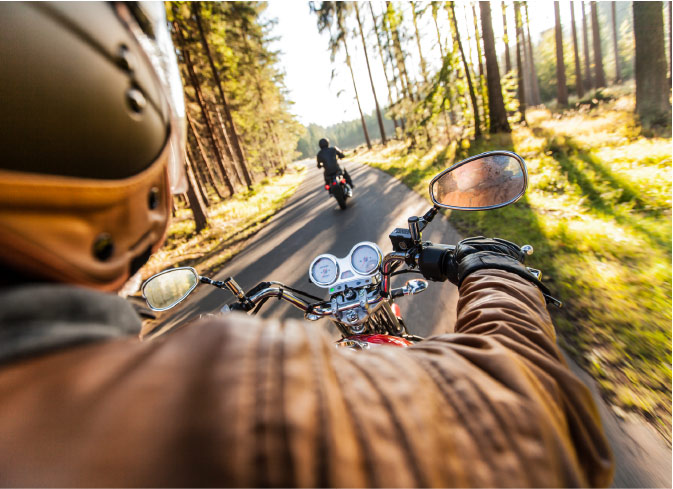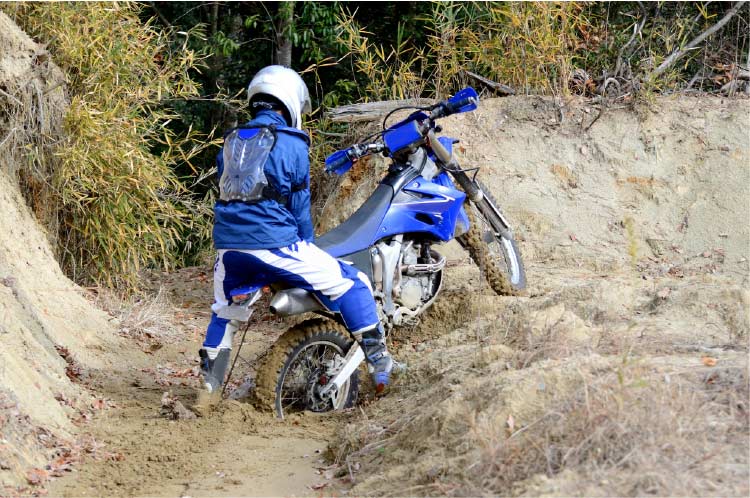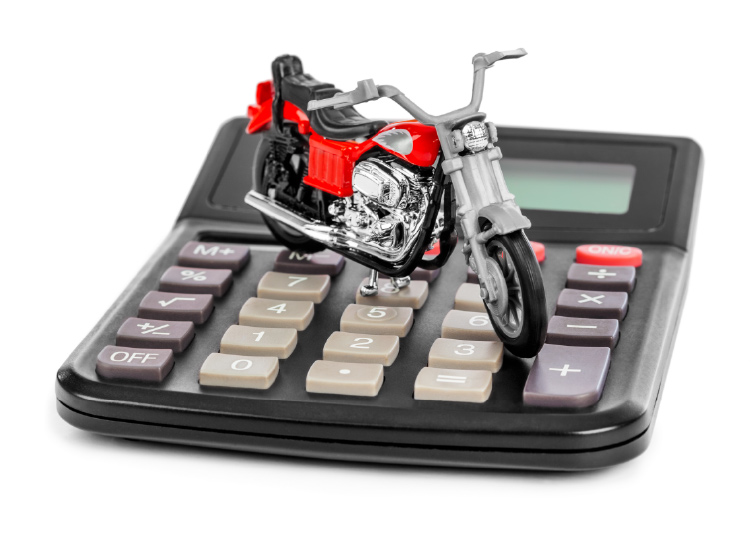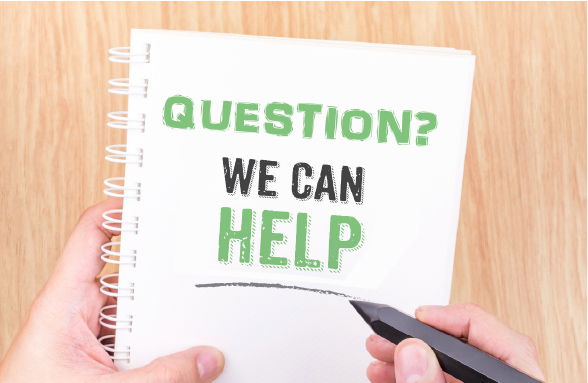Types of Vehicles Protected by Motorcycle Insurance
No matter what choice of bike you have, chances are you can cover it with motorcycle insurance. The following vehicles typically can be insured:
- Scooters and mopeds
- Street-sport bikes
- High-Performance bikes
- Limited-production and custom bikes
- Cruisers
- Touring and sport-touring bikes
- Vintage bikes
- Motocross bikes
- Off-road/dual-purpose bikes
- All-terrain-vehicles (ATVs)



































